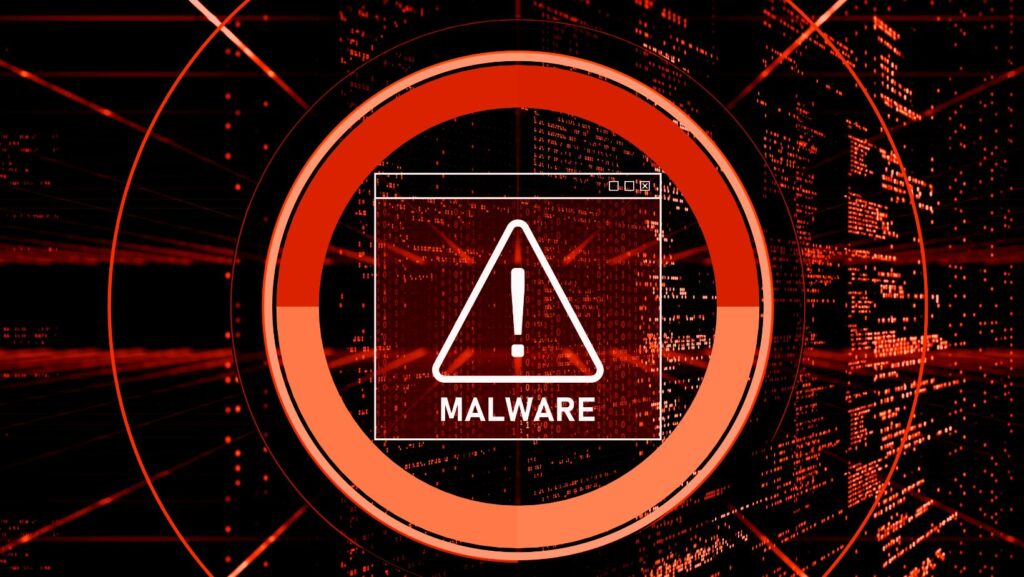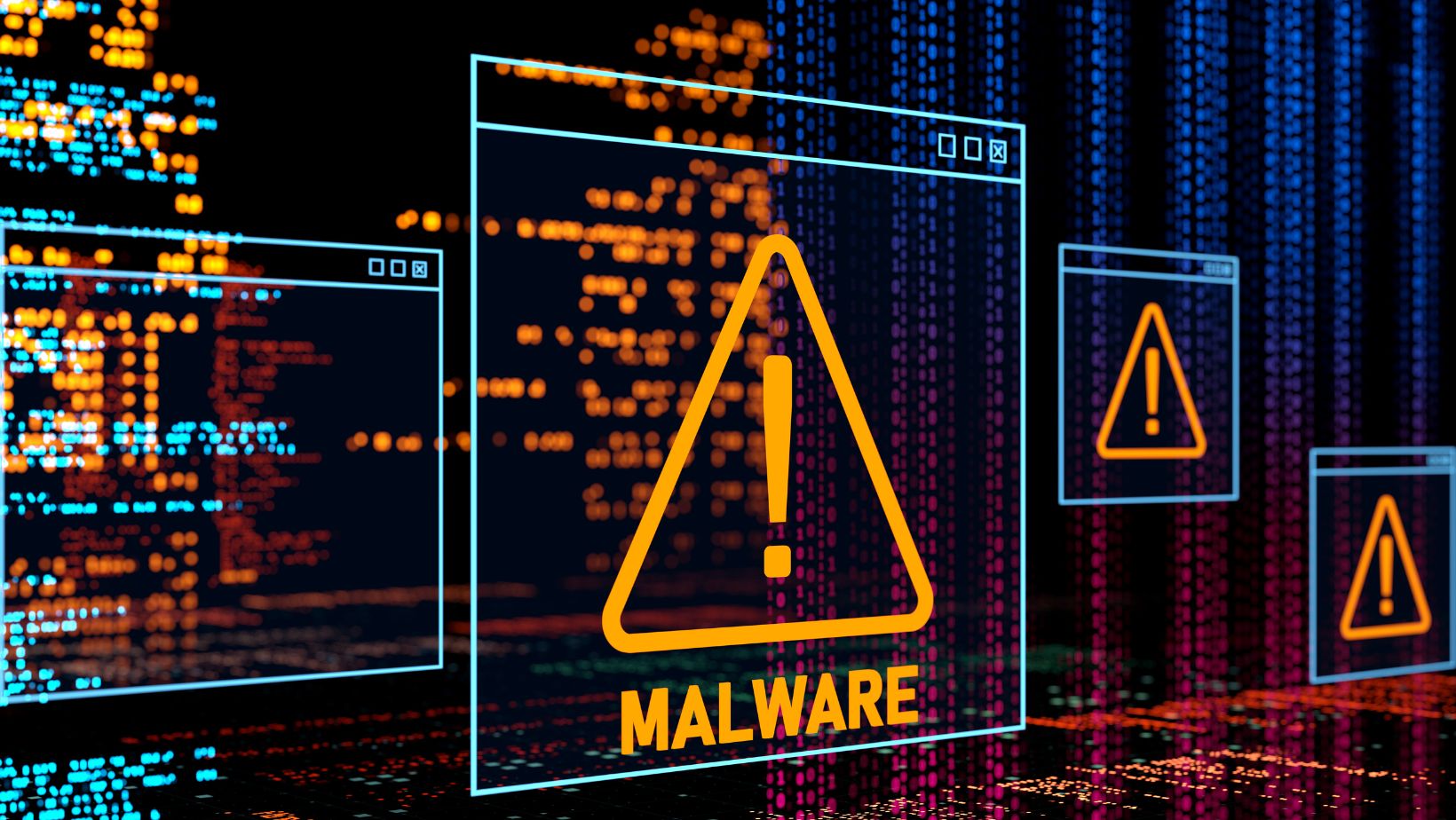
Introduction
Malware attacks have reached unprecedented levels of sophistication, targeting individuals, businesses, and governments alike. Cybercriminals are using advanced tools, social engineering, and automated scripts to breach systems at alarming rates.
From personal devices like smartphones and laptops to large-scale corporate networks and IoT-based smart devices, almost every connected system is a potential target. The consequences range from stolen data to complete operational shutdowns.
Understanding how malware spreads is critical for both individuals and businesses. By knowing the methods attackers use, it becomes much easier to implement strong defensive measures before damage occurs.
What Is Malware?
Malware, short for malicious software, refers to any program intentionally designed to harm a device, network, or user. It can disrupt operations, steal information, or gain unauthorized access to systems.
The most common types include:
Viruses – Malicious code that attaches to files and spreads when opened
Worms – Self-replicating programs that spread without user action
Trojans – Malicious software disguised as legitimate programs
Ransomware – Encrypts data and demands payment for decryption
Spyware – Secretly collects user data and activity
Adware – Unwanted ads that may track browsing behavior
Rootkits – Conceal malicious activity within a system
Unlike phishing or other social engineering attacks, malware is software-based and requires some form of execution to cause harm. Knowing the difference is important for implementing the right protections.
How Malware Infects Your System
Phishing Emails and Malicious Attachments
One of the most common infection methods is phishing, where attackers send emails that appear to be from trusted sources. These messages often contain malicious attachments or links leading to infected websites. Opening such files or clicking the links can immediately install malware.
Real-world example: In 2024, a major energy company suffered a ransomware attack traced back to a single phishing email opened by an employee.
Drive-by Downloads and Malicious Websites
A drive-by download happens when malware is installed simply by visiting a compromised or malicious website-often without the user’s knowledge. Malvertising (malicious advertising) can also deliver infections, even on legitimate websites.
Infected Software and Pirated Applications
Downloading pirated software or applications from unverified sources is extremely risky. Hackers often bundle malware with these files. Supply chain attacks, where legitimate vendors are compromised, are another growing threat.
It’s important to note that how malware impacts network performance is significant. Infected devices can slow down data transfers, cause repeated connection drops, and consume excessive bandwidth as the malware communicates with external servers. You can learn more about these effects.
Removable Media and Network Propagation
USB drives, external hard disks, and even shared folders can spread malware between systems. Worms and ransomware are particularly notorious for propagating through connected networks without user action.
Exploiting Unpatched Vulnerabilities
Outdated software is a hacker’s best friend. Malware can exploit unpatched security flaws in operating systems, browsers, and applications, allowing attackers to bypass security measures without user interaction.
Signs Your System Might Be Infected
Slow system performance and frequent crashes
Unexpected pop-ups or new programs appearing
Disabled antivirus or firewall settings
Unusual spikes in data usage or network activity
Spotting these early warning signs can help you take action before major damage occurs.
Preventing Malware Infections
Use Reliable Security Software
A strong antivirus or endpoint protection solution can stop most common threats before they cause harm. Real-time scanning, automatic updates, and heuristic analysis are essential features. (For more guidance, see Cybersecurity & Infrastructure Security Agency (CISA) recommendations.)
Keep Systems and Applications Updated
Enable automatic updates for your OS, applications, and browsers.
This ensures that known vulnerabilities are patched before attackers can exploit them.
Practice Safe Browsing and Email Habits
Avoid clicking on suspicious links or downloading files from unknown senders. Always verify the legitimacy of emails before opening attachments.
Use Strong Access Controls
Enforce multi-factor authentication (MFA) and ensure that administrative privileges are granted only to trusted users.
Regular Data Backup and Recovery Planning
Maintain offline or cloud backups of important files. Test your recovery plan regularly to ensure quick restoration in the event of a ransomware attack.
How Businesses Can Strengthen Malware Defenses
Conduct ongoing employee security training to recognize threats.
Implement a Zero Trust architecture to limit unnecessary access.
Deploy IDS/IPS systems for real-time network monitoring.
Use threat intelligence feeds to anticipate and block new malware variants.
For additional corporate defense strategies, organizations can reference NIST cybersecurity guidelines.
The Role of AI and Machine Learning in Malware Prevention
Artificial Intelligence (AI) is revolutionizing malware detection. AI-powered solutions analyze huge volumes of data to identify abnormal behaviors before an attack succeeds. Machine learning models continuously improve, adapting to evolving threats without needing manual signature updates.
Predictive analytics can spot attack trends, enabling security teams to act before widespread infections occur. More insight into this approach is available from MIT Technology Review.
Conclusion
Malware is constantly evolving, and attackers are finding new ways to compromise systems. The key to defense lies in awareness, layered security measures, and a proactive approach to prevention.
By combining reliable security tools, regular updates, safe browsing habits, and user education, both individuals and businesses can significantly reduce their risk. Staying informed and vigilant is the most effective way to keep malware at bay.
FAQs
- What’s the difference between a virus and a worm?
A virus requires a host file to spread, while a worm is self-replicating and can move through networks without user interaction.
- Can mobile devices get malware?
Yes, smartphones and tablets can be infected through malicious apps, links, and insecure Wi-Fi networks.
- Is free antivirus software effective?
Free antivirus tools can provide basic protection, but paid solutions often offer more comprehensive features like ransomware defense, advanced firewall rules, and real-time monitoring.













